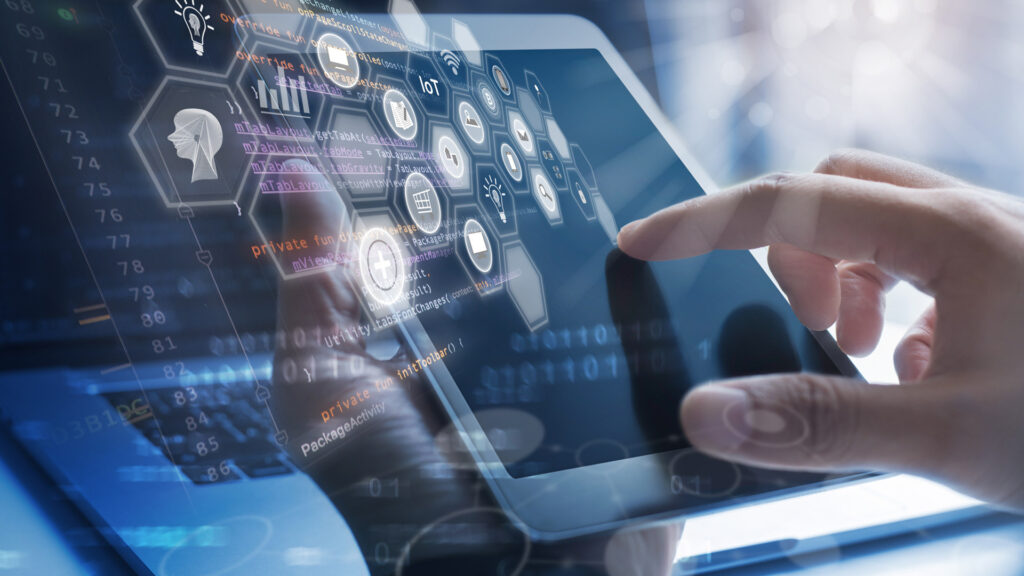What is IoT?
There are billions of physical devices worldwide connected to the internet, and all of them collect and share data. Technology has made it possible to connect devices of different sizes to create efficient systems. Ideally, it’s possible to connect the cheaply available computer chips using wireless networks to create instruments of any size.
Typically, the concept of different interconnecting devices – computing, mechanical, and machines, alongside objects, people, or animals to the internet, as long as it has a switch, constitutes the internet of things (IoT). That implies that IoT is a giant network system connecting things and people, all collecting and sharing data – usage and the surrounding environment.
Each component of an IoT has a unique identifier (UID). Besides, data transfer over the entire network is possible without the need for human-to-computer or human-to-human or human-to-computer interaction.
Examples of an IoT
A light bulb, motion sensor, streetlight, or an intelligent thermostat controlled by a smartphone app can switch it on or off.
A thing in IoT can be a human being with a heart implant, a vehicle with an inbuilt sensor to alert a driver in case of an unusual event. Besides, it can be a man-made object assigned to an internet protocol address to transfer data over a network.
IoT devices vary in form and structure. They can be as simple as a child’s toy or as sophisticated as a driverless truck. Note that some larger devices may contain multiple smaller IoT components, e.g., a jet engine, which has thousands of sensors collecting and transmitting data to ensure it is operating efficiently.
How does an IoT work?
The IoT system features web-enabled devices utilizing embedded systems, e.g., sensors, processors, and communication hardware, to collect, send and act on data they get from their environment. All these IoT devices connect to an IoT gateway/edge device to share the sensor data they collect.
These devices may also communicate with other related devices to obtain and act on the information they receive from these devices. Beyond integrating data from the various devices, they apply analytics to share valuable information with apps built to address specific needs.
An IoT platform is powerful enough to pinpoint precisely the valuable information that can be ignored without harming the system. With the information, you can identify patterns, detect problems before they occur, and make recommendations.
A complete IoT system has the following parts:
- Sensors/Devices: they collect data from the environment, e.g., temperature reading. Multiple sensors can be put together, or they can be part of a device.
- Connectivity: This is a channel through which collected data is sent to storage/Cloud. The connections can be cellular, Bluetooth, WIFI, low-power wide-area networks (LPWAN), satellite, or direct link to the internet via ethernet. These options greatly vary in terms of power consumption, range, and bandwidth.
- Data Processing: processing takes different forms depending on the type of data and required outcome. Ideally, this step makes the valuable information to the end-user.
- User Interface: Typically, it’s a platform that allows users to check on the system, e.g., checking video feeds via a smartphone app or web browser. Besides, users may receive the output via notifications – text or emails.
It is worth noting that IoT systems may vary in the form in which they work. Some platforms allow users to manipulate the system, e.g., remotely adjusting parameters such as temperature through a smartphone app.
Other IoTs perform actions automatically, using the predefined rules – for instance, instead of alerting you in case of an intruder, the IoT system can automatically notify the relevant authorities.

